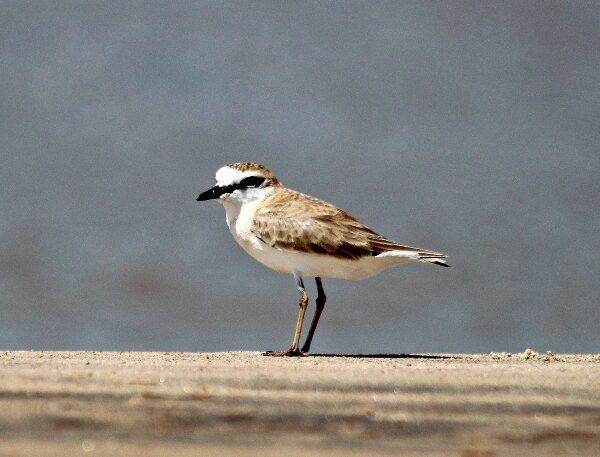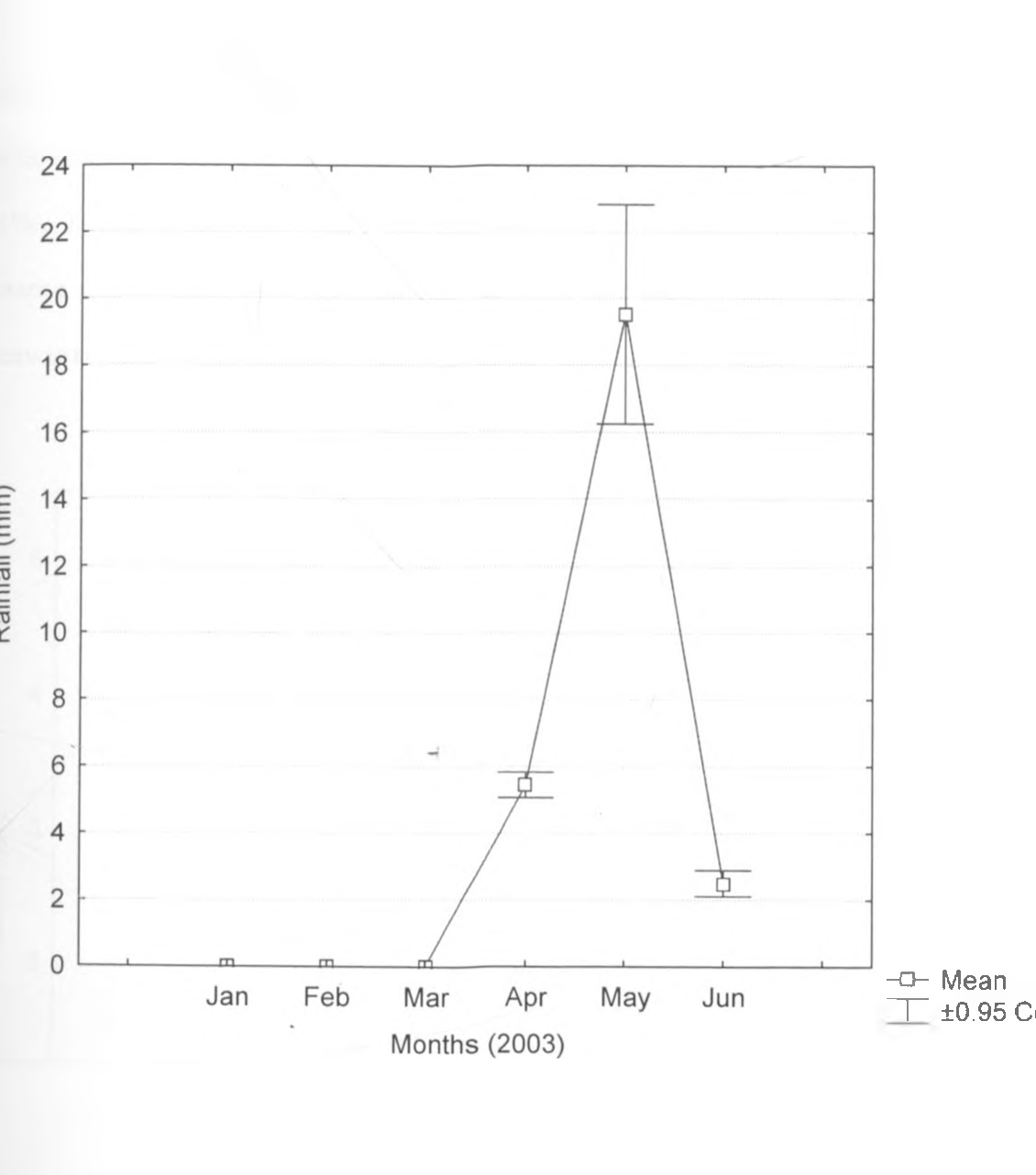

The WCV is a more nuanced approach, sensitive to actual species’ abundance rather than counts of ‘1% threshold’ species and considers all species in the assessment.

The aim was to draw a meiofaunal data- set inventory of the two estuaries and to examine ho w salinity gradient.

Indices can be evaluated at site and species levels. estuaries (Sabaki and T ana) on the north coast of Ken ya were compared. The Sabaki River (called Athi or Galana River further upstream) is the second largest river in Kenya, with a catchment area of approximately 40,000 km2 (Katwijk et al, 1993). Large values indicate that large proportions of the total populations of waterbird species are present at the wetland. The Sabaki river estuary is located on the Northern coast of Kenya, 5 km north of Malindi, discharging into the Indian Ocean. Termed the Waterbird Conservation Value (WCV), this index sums the ratio of each species’ abundance to its published 1% threshold across all species to give an overall measure of the ‘value’ of the waterbirds at a wetland. Sabaki estuary located in the northern coast of Kenya is one of the most turbid along the coast of Eastern Africa. In this paper, we evaluate and further describe a quantitative method to assess wetland avifaunal importance. Sabaki River Estuary or the Sabaki River Mouth is located within Malindi District of Coast Province and about 5 kms North of Malindi town, between the Malindi. These levels prioritise a subset of species as being important, with little or no consideration to the contributions of the remaining species’ populations. Designation of wetlands of international importance (Ramsar sites) based on waterbirds has focused on those species meeting the Ramsar 1% population threshold levels. The Sabaki estuary is recognized as an Important Bird Area (IBA) by Bird Life International under the Important Bird Area programme (Valle et al., 2012). It has a total length of 390 kilometres (240 mi), and drains an.

We will be more than happy to help.Ĭheck out the top 10 best birds to spot in Kenya, written by The Kenyan Birder, our expert birdwatcher, HERE.Traditionally, species richness, species diversity, total count, biomass, energy consumption and the Ramsar ‘1% threshold’ have been used to assess the importance of wetlands for waterbirds. The Athi-Galana-Sabaki River is the second longest river in Kenya (after the Tana River). Northern Carmine Bee-eater, Malindi Pipits, Black-headed Batis, Mouse-coloured Sunbird, Retz’s Helmetshrike, Chestnut-fronted Helmetshrike, Narina Trogon, Little Spotted Woodpecker, Mombasa Woodpecker, Brown-headed Parrot, Coastal Cisticola, Zanzibar Red Bishop, Black-winged Red Bishop, Yellowbill, Eastern Nicator, Common Scimitarbill, Sokoke Pipit and Senegal Plover.Įmail: any further assistance, be it pictures, more information, or anything else, kindly do not hesitate to get in touch with us. Sand miners are removing the sand, impacting water quality, vegetation, and biodiversity. The Dakatcha woodland is an IBA and Key Biodiversity Area for many Globally Threatened species such as Endangered Clarke's Weaver, the wetlands around Dakatcha are the only known places they nest! Join us for this thrilling birdwatching safari at Sabaki Estuary and Dakatcha Woodlands!īroad-billed Sandpiper, Curlew Sandpiper, Gull-billed Tern, Lesser Flamingo, Lesser Crested Tern, Mangrove Kingfisher, Pink-backed Pelican, Swift Tern, Roseate Tern, Saunders’s Tern, Sanderling, Sooty Gull, Violet-breasted Sunbird, White-cheeked Tern, White-fronted Plover, White-winged Black Tern, A sandbank at the Malindi-Sabaki estuary. The Malindi-Sabaki estuary is a source of life and livelihoods for the residents who live along it. Sabaki Estuary, the Athi-Galana-Sabaki River entry into the Indian Ocean is marvelous scenery dotted with thousands of flamingos, hippos, crocodiles and. The Sabaki River Mouth is one of Kenya’s 62 Important Bird Areas, qualifying due to its large number of waterbirds, which include resident birds and Palearctic migrants that over winter in Kenya.


 0 kommentar(er)
0 kommentar(er)
